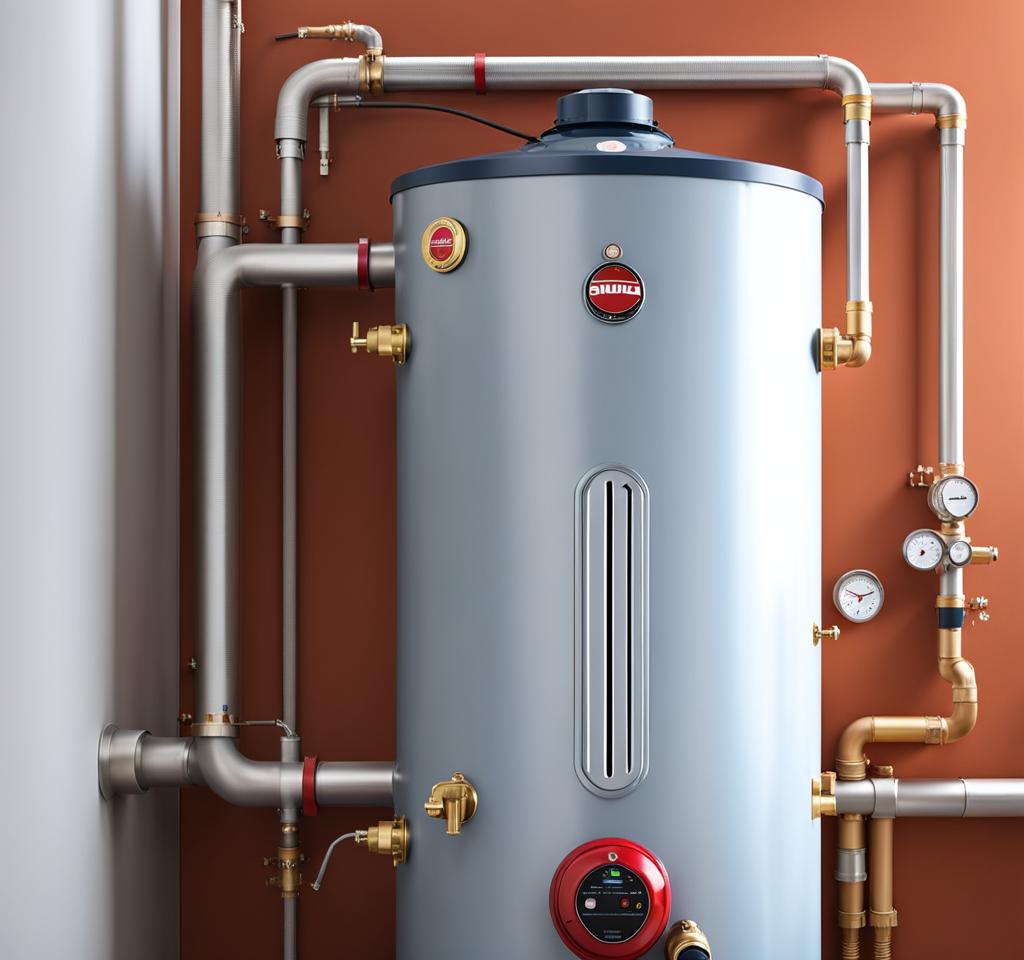Few things are as frustrating as running out of hot water, especially when you’ve got a busy day ahead. If your water heater pilot keeps going out, you’re not alone – it’s a common problem that can strike fear into the hearts of many homeowners. But don’t sweat it! With a little know-how, you can troubleshoot and fix this issue like a pro, saving yourself the hassle (and cost) of calling in a professional. Let’s dive in and tackle this pesky problem head-on.
Identifying the Root Cause
Before we roll up our sleeves and get to work, it’s crucial to understand what might be causing your water heater pilot keeps going out. There are several potential culprits, each with its own set of symptoms and solutions.

One of the most common reasons is an insufficient gas supply or a blocked gas line. If the pilot flame isn’t getting enough fuel, it’ll go out like a candle in the wind. This could be due to a faulty gas valve, a kink in the gas line, or even a buildup of debris blocking the flow.
Another likely suspect is a faulty thermocouple or thermopile. These nifty little devices are responsible for detecting the pilot flame and keeping the gas supply flowing. If they’re not working properly, the gas will shut off, and your pilot will extinguish itself.
Sometimes, the problem lies with the pilot orifice itself. This tiny opening can become clogged with dust, debris, or even spider webs, preventing the gas from flowing freely and causing the flame to sputter out.
Finally, draft issues or improper venting can also play a role in your pilot woes. If the area around your water heater isn’t well-ventilated, the pilot flame may struggle to stay lit, or it could be constantly extinguished by downdrafts or gusts of air.
Troubleshooting Steps
Now that we’ve identified some of the potential culprits, it’s time to roll up our sleeves and start troubleshooting. But before we dive in, let’s go over a few safety precautions:
- Always turn off the gas supply to your water heater before attempting any repairs.
- Make sure the area around your water heater is well-ventilated to avoid any potential gas buildup.
- If you’re uncomfortable or unsure about any of the steps, don’t hesitate to call in a professional.
With that out of the way, let’s start with the simplest solution: relighting the pilot light. Consult your water heater’s manual for the specific instructions, as the process can vary slightly from model to model.
If relighting the pilot doesn’t stick, it’s time to take a closer look at the pilot orifice and burner assembly. Over time, these components can become clogged with dust, lint, and other debris, preventing the gas from flowing freely. Use a small brush or compressed air to gently clean out any obstructions.
Next, let’s take a look at the gas supply. Make sure the gas valve is fully open and that there are no kinks or obstructions in the gas line. You can also use a soap-and-water solution to check for leaks, which could be causing a drop in gas pressure.
If the gas supply checks out, it’s time to inspect the thermocouple or thermopile. These components can fail over time, and replacing them is often the only solution. Consult your water heater’s manual for instructions on testing and replacing these parts.
Preventing Future Issues
Once you’ve tackled the immediate problem, it’s a good idea to take some preventive measures to ensure your water heater pilot stays lit and your household runs smoothly.
- Make regular maintenance a priority. Clean the pilot orifice and burner assembly periodically to prevent clogs and buildup.
- Check the venting and air supply to ensure proper draft and ventilation around your water heater.
- Keep the area around your water heater clear of any flammable materials or obstructions that could interfere with the pilot flame.
- Pay attention to any signs that your water heater may be nearing the end of its lifespan, such as rust, leaks, or inefficient heating.
By staying on top of maintenance and addressing any issues promptly, you can extend the life of your water heater and avoid those dreaded pilot light problems.
While many pilot light issues can be resolved with a little elbow grease and some basic troubleshooting, there are times when it’s best to call in a licensed plumber or technician. Here are a few scenarios where professional assistance is recommended:
- If you’ve tried all the troubleshooting steps and the pilot still won’t stay lit, there may be a more complex issue at play.
- If your water heater is approaching the end of its lifespan (typically 8-12 years for a standard tank model), it may be time to consider a replacement.
- For more complex installations or if you’re simply not comfortable working with gas appliances, it’s always safer to let a professional handle the job.
In addition to addressing immediate pilot light problems, regular professional maintenance can also help extend the life of your water heater and catch any potential issues before they become major headaches.
When it comes to water heater replacement, there are a few factors to consider, such as fuel type (gas or electric), tank size, and energy efficiency. A licensed plumber or HVAC technician can guide you through the selection process and ensure a proper installation.

This is where you’ll find inspiration to create a stylish and beautiful dream home.